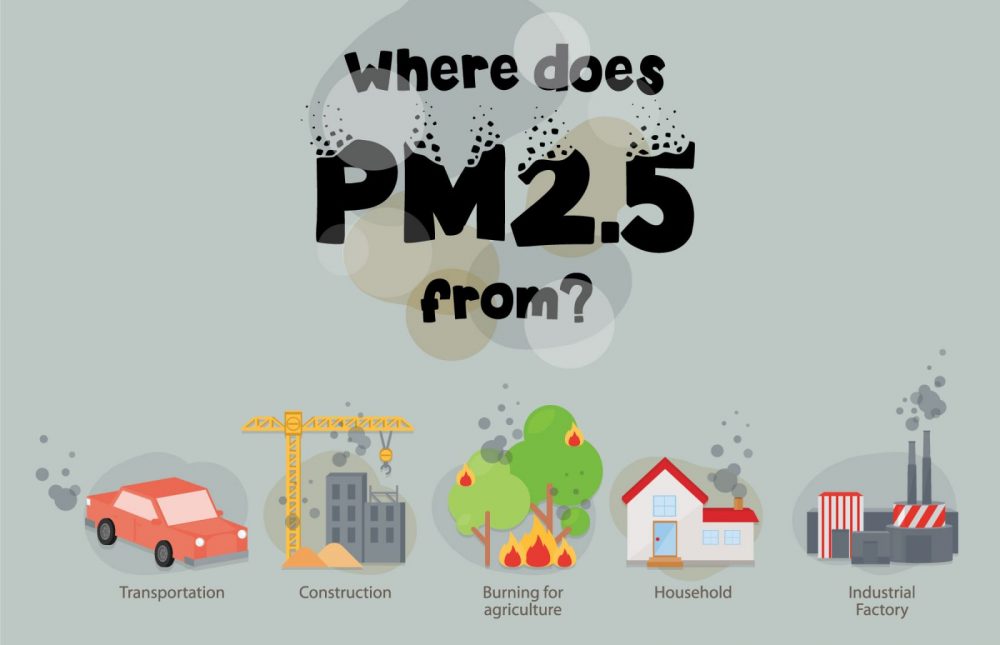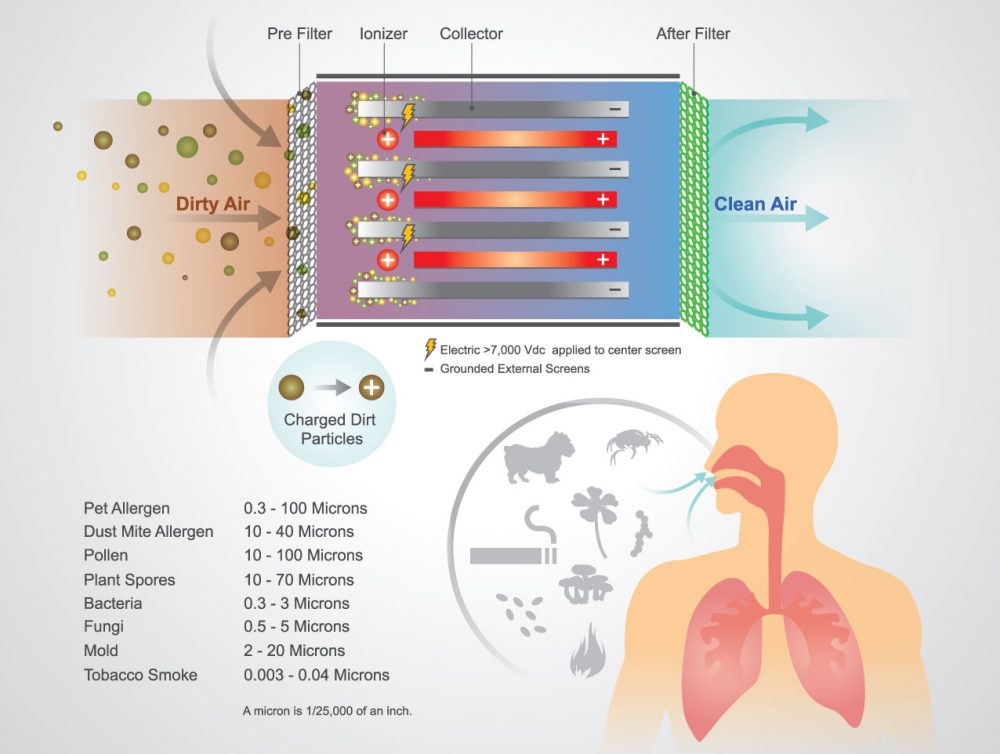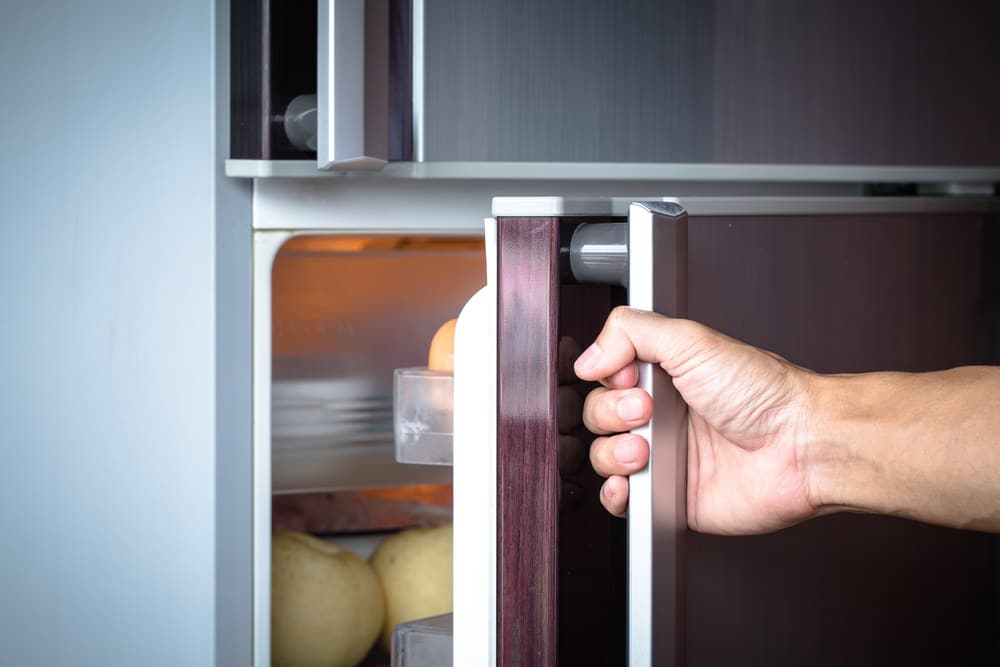The haze has reached Malaysia once again. The Air Quality Index reached the unhealthy range of 101-200 in parts of Peninsular Malaysia and western Sarawak in the second weeks of October 2023. In 2019, this situation forced schools to close in Selangor, affecting over 45000 students. In Sarawak, half a million face masks were given out, and experts then predicted the haze to last for over 3 weeks.
During periods of thick haze, the Malaysian Department of Environment advises people to drink lots of water, wash exposed skin more often, reduce outdoor activities and stay indoors.
While indoors, the Selangor Health Department also advises to close the windows and to keep indoor air clean.
But, after you close the windows, aren’t you just trapping hazy air inside your home anyway? How can you clean and remove haze pollutants from the indoor air?
How to clean haze from indoor air
The most direct way to clean indoor air is to invest in an air purifier. Air purifiers have multiple layers of technology that help to remove pollutants from indoor air.
However, air purifiers can feel like an unnecessary if we only use them for a few weeks a year during haze season.
Not everyone has an air purifier, but many homeowners have air-conditioning. And since air-conditioners have air filters, won’t they help to clean the indoor air too?
The short answer is yes; air-conditioners can clean indoor air. But, not all air-conditioners are capable of cleaning haze.
To understand why, we first need to understand what haze is made of.
Components of haze
According to Haze Action Online, haze happens when there are enough pollutants in the air to reduce visibility. Without haze, the average visibility in Kuala Lumpur is around 10km.
But during serious haze, the visibility can drop to below 2.5km. In Ipoh, this level of visibility recently caused some flights to be cancelled.
And it’s not just visibility that is affected. Haze contains hundreds of different chemicals coming from sources like road dust, construction, factories, and forest fires. These chemicals can be bad for your health.
When pollutant particles are smaller than 10 micrometres (measured as PM10), they can be breathed into our lungs. Smaller pollutants below 2.5 micrometres (measured as PM2.5) can even be absorbed into our blood.
Unfortunately, haze from forest fires are mostly made of PM2.5 particles. That’s why the Malaysian Department of Environment’s Air Pollution Index (API) uses PM2.5 in its calculations.
And, because PM2.5 pollutants are so tiny, they are very difficult to remove from the air.

How air-conditioners remove pollutants
Modern air-conditioners use several layers of technology to clean the air and remove pollutants:
Air filters
The simplest method is the air filter. When air is circulated through the filter, it acts like a net to trap particles.
But, the smaller the passages in the filter, the more horsepower you need to push the air through it, which can cause the aircon blower to be very noisy.
Different air-conditioners are equipped with different grades of filters. These help to clean the air of dust, cement dust, pollen and animal dander.
However, these filters can’t trap PM2.5 pollutants. Only HEPA (High-efficiency particulate air) are capable of filtering out PM2.5 pollutants, but they cannot be installed in residential air-conditioners, due to its size and impact on airflow.

Electrical filters
Also known as ionisers, these filters add an electrical charge to the air particles as it passes through it. You may notice it as a “ion” button on your aircon remote.
When activated, the dirty air is charged, and the charged air particles will then stick to a collection plate, so that cleaner air is blown out. Mitsubishi claims to use this method to trap PM2.5 particles.
Another method of ionisation is when the aircon releases charged particles into the room. These particles then “attach” to PM2.5 pollutants in the room, causing them to stick to walls and floors, like a statically-charged balloon.
Daikin air-conditioners claim to be able to filter out PM2.5 pollutants, however it is not stated whether it uses a physical or electrical filtering method.

Only regularly maintained aircons are effective at cleaning the air
Even if your aircon does not claim to filter out PM2.5 pollutants, it doesn’t hurt to switch them on if you need to clean your indoor air.
However, for your air-conditioner to have any cleaning effect at all, you need to keep the filters clean and the unit regularly maintained, helping to prevent dust from building up.
Regular aircon servicing and maintenance can provide the following benefits:
- Your aircon functions more effectively. Clean filters means your aircon does not have to work so hard.
- Your aircon will last longer. A dirty aircon will become ineffective and break down over time. That’s why experts recommend aircon servicing at least once every 6 months to maximise the lifespan of your appliance. With care, any aircon should be able to last for at least 10 years or more.
- Minimises mould growth. When dust builds up and mixes with high humidity, it creates an ideal environment for bacteria and fungus to grow. Regular aircon servicing eliminates these fungus spores concealed within your unit. As a result, your air becomes cleaner, decreasing the chances of health problems and allergies from occurring.
Conclusion: A well-maintained aircon can make indoor air cleaner, but you need specific features to clean PM2.5 pollutants in haze
Even though the haze only lasts a few weeks a year, the impact on your health can be severe. If you need to stay indoors with the aircon on, you need to ensure the filters and clean, and all components are working properly, to enjoy cleaner air.








